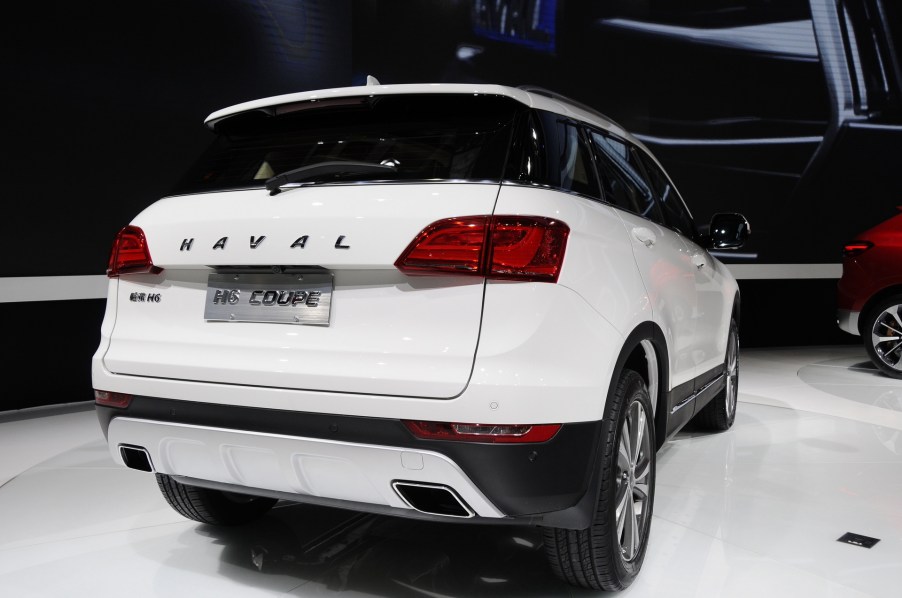
Cruise Control and Brakes Fail, Trapping Driver in Car for 300 Miles
Modern car tech almost always makes our lives easier, but as with many new technologies, there are sometimes growing pains. As one driver in China found out, these new technologies can come with some growing pains. The man was trapped in his car for over 300 miles after his cruise control malfunctioned and brakes failed. I know this sounds like Speed 8, but someone lived this for real, and it’s not the first time it’s happened.

Can cruise control really get stuck?
Just ask Mr. Luo, the man who miraculously survived his Haval H6 SUV’s cruise control trapping him inside the car.
According to Carscoops, Mr. Luo was driving his H6 from Changsha, in Hunan province, to Yichun, in Jiangxi, a roughly 120-mile trip. He had set his cruise control to 62 mph when he realized he couldn’t slow down.
Once he realized the position he was in, Mr. Luo admits the terrifying situation got the best of him momentarily, and he began to weep. Once he composed himself, he called China’s highway patrol and informed them of his runaway vehicle.
How do you stop a runaway car?
Once the police were on the case, they reached out to Haval engineers to see if they had a slick fix to the software problem. After multiple attempts, the designers were stumped, and Mr. Luo kept rolling.
After trying everything they could think of to safely stop the car, the police eventually decided to clear a path and let the car run itself dry on fuel. Thanks to the police escort, Mr. Luo safely guided his runaway Haval to a safe stop 311 miles after losing control once his SUV ran out of fuel.
If you recall, Mr. Luo was only planning on going 124 miles. He ended up traveling over double the distance. Although the experience was clearly terrifying and ultimately frustrating, Thankfully, Mr. Luo was safe, and no other drivers were hurt.
How safe is automation in cars?
A Feature like cruise control is generally accepted as one of the more trustworthy bits of new car tech. After all, we’ve had some form of cruise control for a few decades. However, today’s cruiser control is a little different than those of previous years. Systems that use adaptive cruise control are far more complex than the old versions. With that complexity, there are more areas for things to go wrong. Although, statistically, this is a pretty fluke mishap.
As we move deeper into the automation pool, helmed by characters like Elon Musk and other tech giants who love to rush into newness, we will continue to see strange and terrifying programming cliches. The more control we give out cars, the more we lose.
At the risk of sounding curmudgeonly, most new car tech has the potential to keep drivers safer than with our older cars. However, stories like this are good reminders to trust our abilities to drive. Not everything is better when automated. I doubt Mr. Luo will be in a hurry to hop into a driverless car any time soon.



